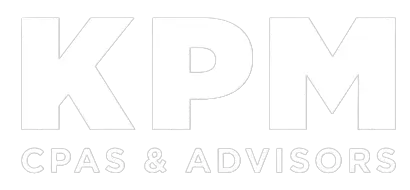Qualified retirement plans have become fundamental elements of most employers’ benefits packages. The stakes of running these plans have gotten very high because so many people now rely on them to amass retirement savings. Employers can face serious legal and financial consequences if they fail to comply with the Employee Retirement Income Security Act (ERISA) or other applicable laws.
Some organizations manage this risk by forming retirement plan governance committees. Although many small to midsize employers may not absolutely need to take this step, it’s still worth considering when your plan’s dollar value and complexity reach a certain point.
Essential Elements
Generally, retirement plan governance committees are made up of high-level employees from departments such as human resources (HR), finance, and executive leadership. Some organizations include nonemployees; for example, financial advisors and benefits consultants.
Typically, employers with corporate boards or other types of oversight boards create the committee from those governance bodies. No matter how you build yours, you’ll need to first write its charter. This formal document sets forth the committee’s authority, purpose, goals, and responsibilities — not the least of which is compliance with ERISA’s fiduciary principles. The charter needs to specifically address key elements such as:
Membership Eligibility. The board should have members who are knowledgeable about investment, financial, HR, and benefits issues. In the event of an investigation, the U.S. Department of Labor (DOL) will look at the background and experience of committee members to help determine whether they made reasonable plan decisions.
Leadership. The charter should define the committee’s leadership structure — perhaps beginning with naming the organization’s chief financial officer as the “ex officio” chairperson. (This means the individual in question would automatically assume that position on the committee and remain there while so employed). Other leadership roles typically include vice chair, secretary, and treasurer.
Size. An excessively large committee can become unwieldy and dilute a sense of responsibility among members. Then again, if it’s too small, the committee may lack diverse perspectives and place undue burdens on certain members. While grappling with the question of size, remember that choosing an odd number of members is usually best because it prevents ties when voting.
Training. Committee members should receive some form of training on plan design and administration, focusing on their roles as fiduciaries. In a DOL investigation, the agency will often examine the sophistication and frequency of fiduciary training. Conducting trainings at least annually is generally recommended.
Subcommittees. Depending on the committee’s size and workload, you may want to allow for the creation of one or more subcommittees in your charter. For example, some employers create subcommittees focused solely on plan investment performance.
Meeting Frequency. The need for meetings may change over time depending on the issues at hand. Quarterly frequency is usually sufficient to maintain continuity and timely address plan design and administration.
Performance. The charter should provide for removal of committee members who fail to attend meetings regularly or otherwise demonstrate a lack of commitment to their roles.
Documentation. All committee discussions, recommendations, and actions should be recorded in detailed and carefully preserved meeting minutes. Committees may also generate a variety of reports on topics such as investment performance, compliance, and fee and expense analysis.
Term Limits. Except for those in ex officio positions, committee members should be periodically replaced to prevent burnout and bring in fresh perspectives.
Serious Step
Forming a retirement plan governance committee is a serious step for any employer looking to formalize and fortify risk management related to its qualified retirement plan. As you can see, there’s a lot of work involved. But it may be worth the effort under the right circumstances. Contact us for help identifying and evaluating all the costs associated with your employer-sponsored retirement plan.

